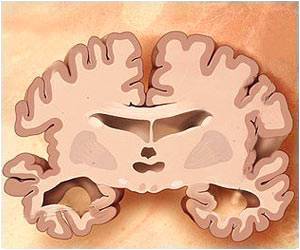- Lesion-induced abnormalities linked to vision loss and weakness were examined in relation to brain networks
- Unique network connections were discovered for visual and motor anosognosia, revealing distinct patterns
- Memory-related brain structures, including the hippocampus, play a crucial role in recognizing deficits and self-awareness
Network Localization of Awareness in Visual and Motor Anosognosia
Go to source).
Mapping Lesion-Induced Awareness and Deficiencies: Unraveling Brain Networks
The researchers looked at the connection patterns of 267 lesion areas linked to vision loss (with and without awareness) or weakness (with and without consciousness). The researchers tested whether these lesion-induced abnormalities translate to specific brain networks using a recently proven technique known as lesion network mapping. They discovered unique network connections linked with visual and motor anosognosia, as well as a shared network for awareness of these deficiencies. The visual anosognosia network was defined by connectedness to visual and metacognitive processing regions, whereas the common network for awareness centered on memory-related brain structures such as the hippocampus and precuneus.Hippocampus and Visual Anosognosia: Unveiling Memory's Role
"Despite being described more than 100 years ago, visual anosognosia has had little formal analysis," said corresponding author Isaiah Kletenik, M.D., an investigator at Brigham's Division of Cognitive and Behavioral Neurology and the Center for Brain Circuit Therapeutics. "Our results are the first to identify the role of the hippocampus in a systematic analysis of visual anosognosia. Memory-associated structures are necessary to recognize a deficit by comparing visual inputs to prior information stored in memory while updating self-knowledge about performance compared to previous abilities." Reference:- Network Localization of Awareness in Visual and Motor Anosognosia - (https://pubmed.ncbi.nlm.nih.gov/37289520/)













